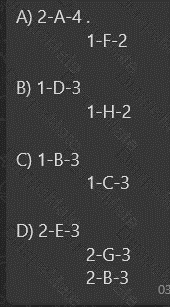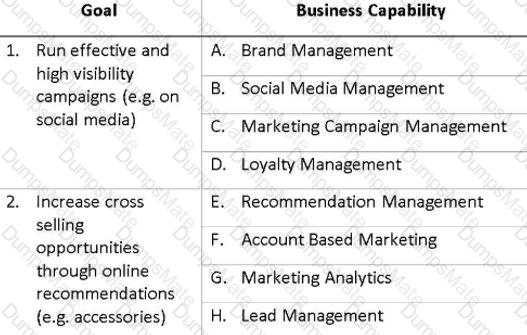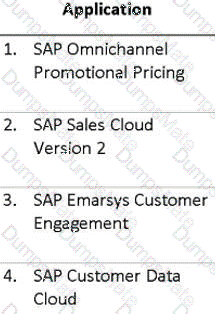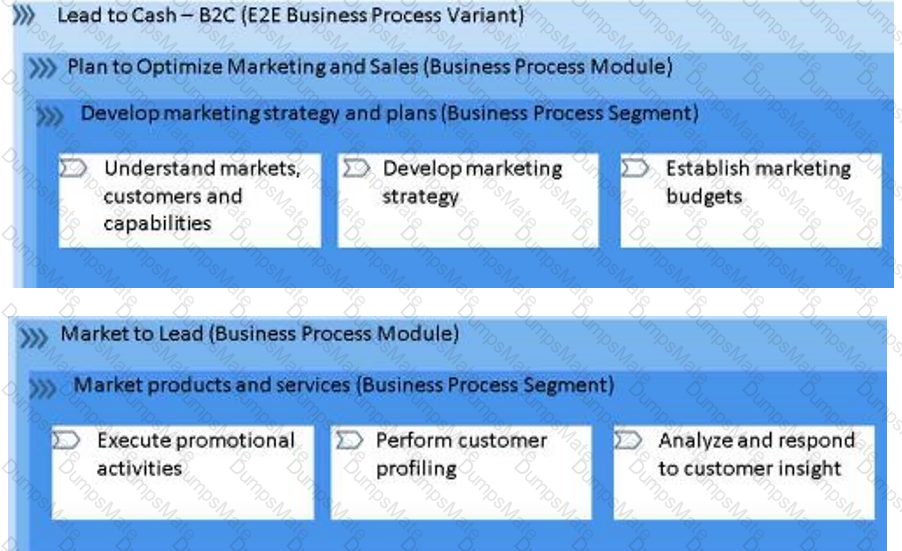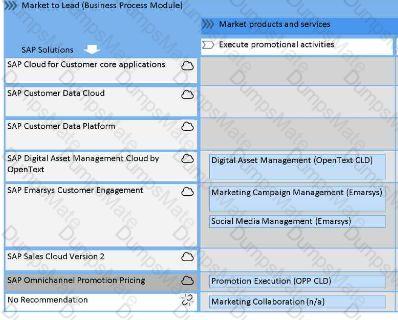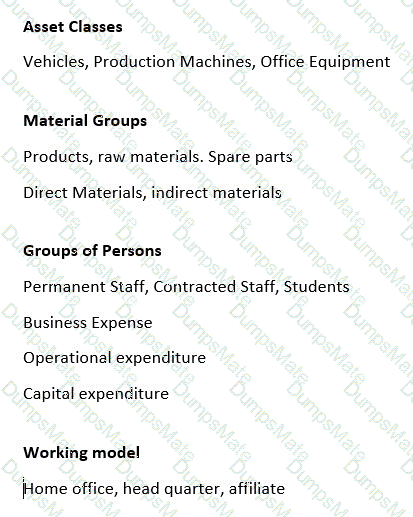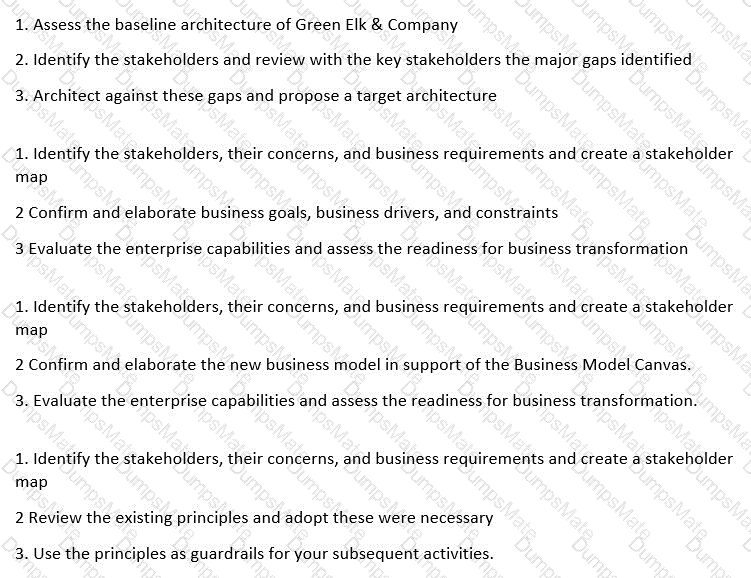The Integration Advisory Methodology (ISA-M) is a framework that helps organizations to design, build, and manage their integration landscape. ISA-M covers a wide range of integration styles, including:
Process Integration: This style of integration involves the integration of business processes across different systems and applications.
Data Integration: This style of integration involves the integration of data from different sources into a single data repository.
Analytics Integration: This style of integration involves the integration of data from different sources for the purpose of analytics.
User Integration: This style of integration involves the integration of user interfaces from different systems and applications.
Thing Integration: This style of integration involves the integration of things, such as sensors and actuators, with other systems and applications.
ISA-M also includes a number of other integration styles, such as event-driven integration, service-oriented integration, and enterprise application integration.
By covering a wide range of integration styles, ISA-M provides organizations with a flexible framework that can be used to meet their specific integration needs.
SAP’s Integration Solution Advisory Methodology (ISA-M) is a framework that helps enterprise architects to define and execute an integration strategy for their organization. ISA-M covers five integration styles that represent different aspects of integration in a hybrid landscape. These integration styles are3:
Process Integration: This integration style enables end-to-end business processes across different applications and systems, such as SAP S/4HANA, SAP SuccessFactors, or third-party solutions. Process integration typically involves orchestrating or choreographing multiple services or APIs to achieve a business outcome.
Data Integration: This integration style enables data exchange and synchronization between different data sources and targets, such as SAP HANA, SAP Data Warehouse Cloud, or third-party databases. Data integration typically involves extracting, transforming, and loading (ETL) data to support analytical or operational scenarios.
Analytics Integration: This integration style enables data visualization and exploration across different data sources and targets, such as SAP Analytics Cloud, SAP BusinessObjects BI Platform, or third-party tools. Analytics integration typically involves creating dashboards, reports, or stories to provide insights and recommendations for decision making.
User Integration: This integration style enables user interaction and collaboration across different applications and systems, such as SAP Fiori Launchpad, SAP Jam, or third-party portals. User integration typically involves creating consistent and seamless user experiences that integrate multiple UI technologies and frameworks.
Thing Integration: This integration style enables device connectivity and management across different applications and systems, such as SAP IoT, SAP Edge Services, or third-party platforms. Thing integration typically involves connecting physical devices or sensors to the cloud or the edge and enabling data ingestion, processing, and action.
Verified References: 3: https://help.sap.com/docs/btp/architecture-and-development-guide-for-industry-cloud-solutions/runtimes-environments-and-programming-models



